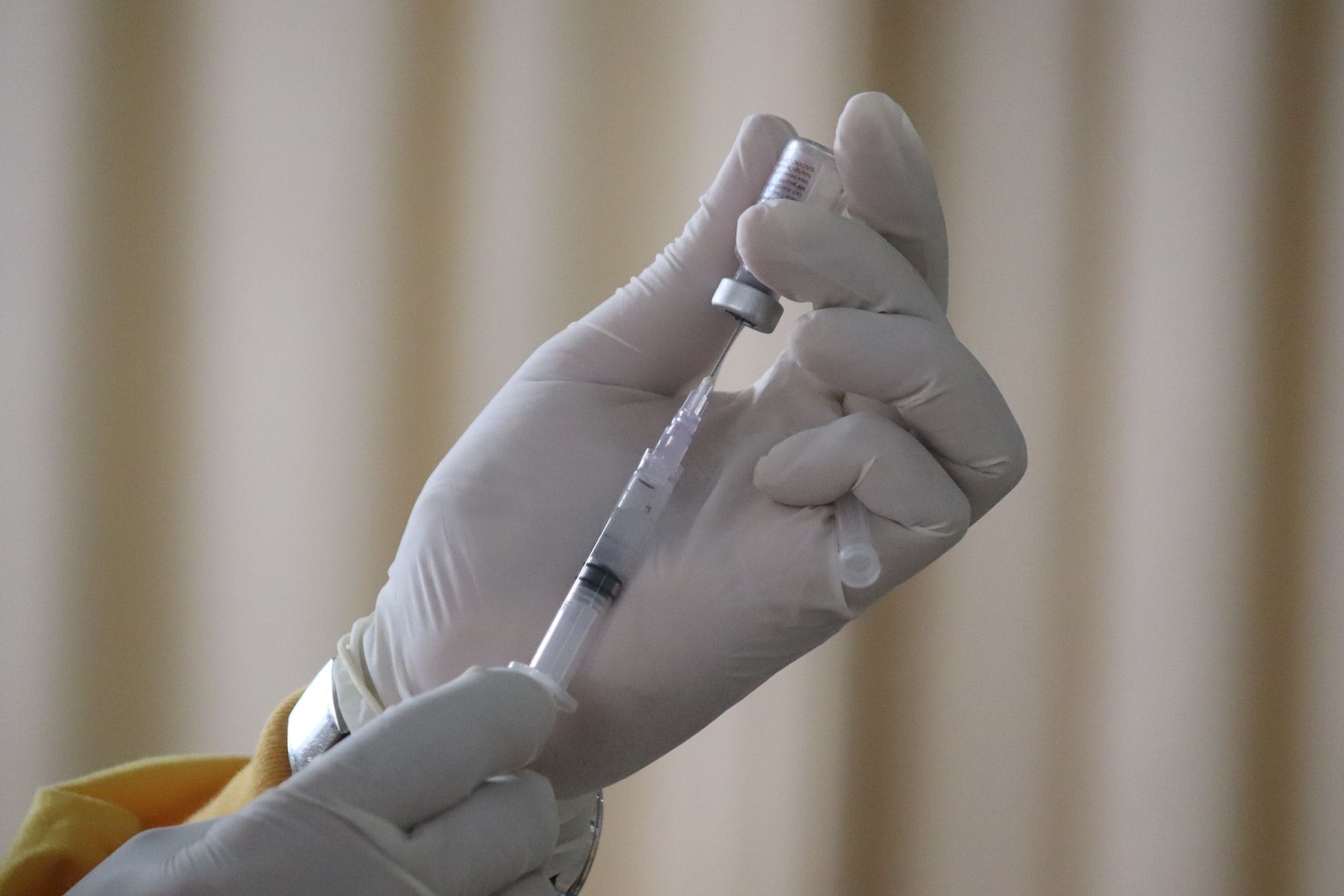As the devastating second wave of COVID-19 abates in India, doctors all over the country are still analysing the after-affects of the virus on the survivors. From black fungus to cardiac issues and diabetes, many COVID survivors are battling health issues triggered by the virus. The latest challenge to the doctors has come in the form of avascular necrosis (AVN), also known as the death of bone tissues or ‘Bone Death’.
Also read: Delhi government’s healing touch for kin of COVID victims
The condition was reported in Mumbai in three patients who had recovered from COVID-19. Doctors fear that more such cases may be reported in coming days. Like the earlier black fungus outbreak among COVID patients, avascular necrosis is also being attributed to use of steroids, a drug liberally used on COVID patients.
What is avascular necrosis or AVN?
Avascular necrosis results from temporary or permanent loss of blood supply to bones. When blood supply is cut off, the bone tissue dies and the bone collapses. If avascular necrosis happens near a joint, the joint surface may collapse. This condition may happen in any bone, according to hopkinsmedicine.org.
Also read: Is high R-value the cause of Kerala, Maharashtra’s COVID numbers?
What could stop blood supply to bones?
Reduced blood supply can be caused by joint or bone injury, fatty deposits in blood vessels, and certain diseases. Cancer patients undergong radiation, can report weak bones and harm to blood vessels. Lipids can also block small blood vessels, reducing the blood flow to bones.
Risk factors
Heavy drinking is one of the top risk factors. Keeping cholesterol levels under control is important as bits of fat are the most common substance blocking the blood supply to bones. Limit use of steroids, repeated courses of high-dose steroids can affect blood supply to bones. Smoking is another risk factor.
Who are at risk?
Although medically anyone can be afflicted, the condition is most commonly found in people between the ages of 30 and 50.
Symptoms of avascular necrosis
Most common symptom is bone pain that gets worse with time. Hip is the most-commonly affected part of the body. Shoulder, knee, hand, and foot and may also be afflicted







